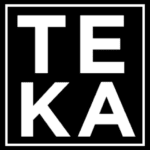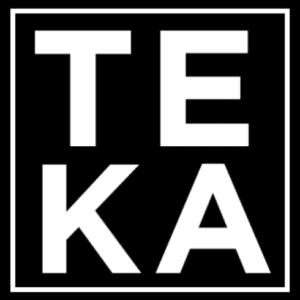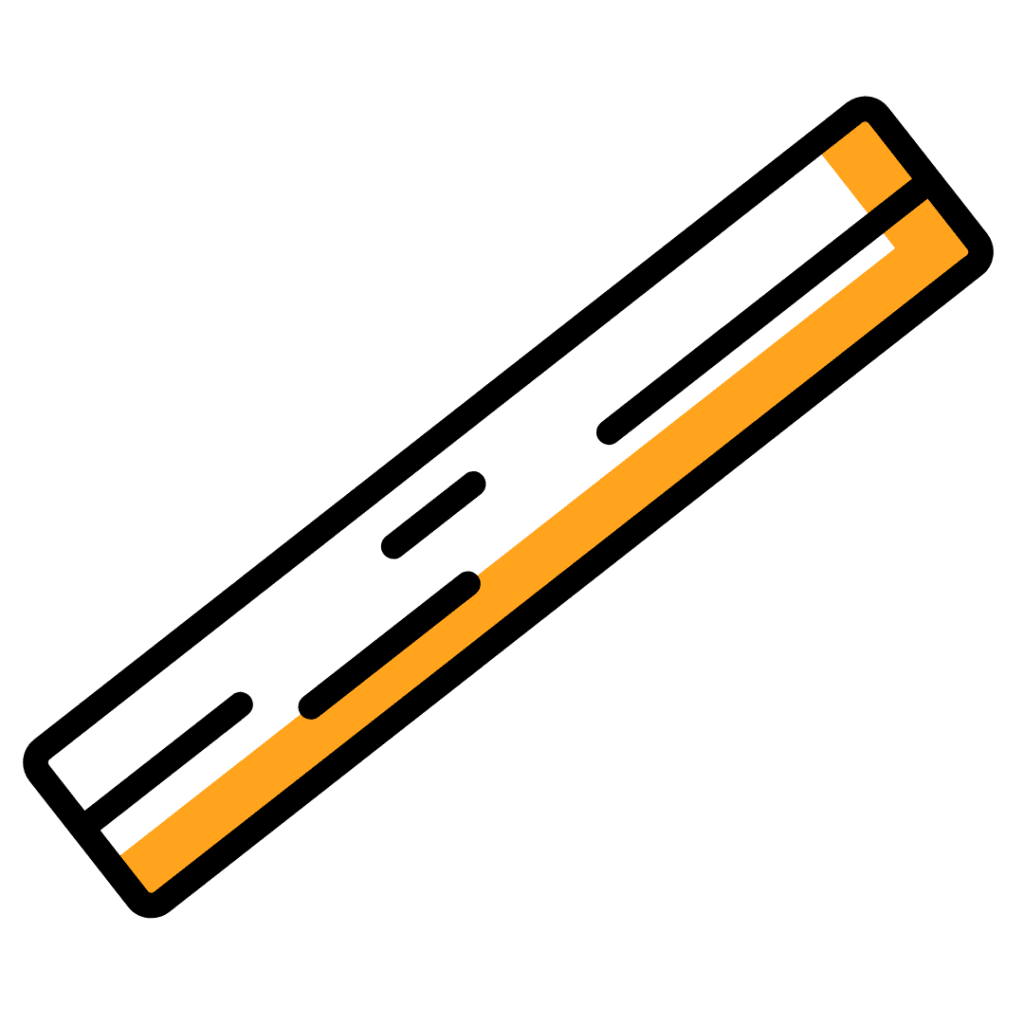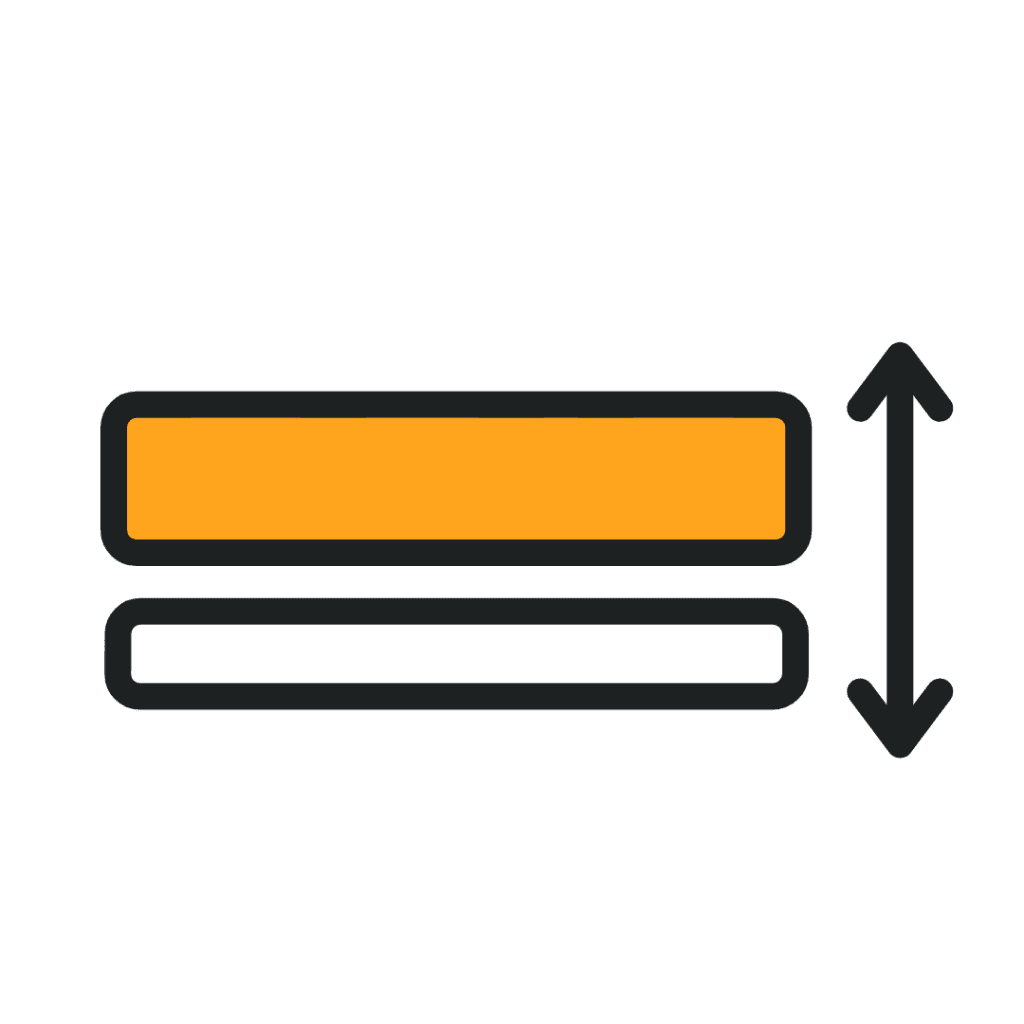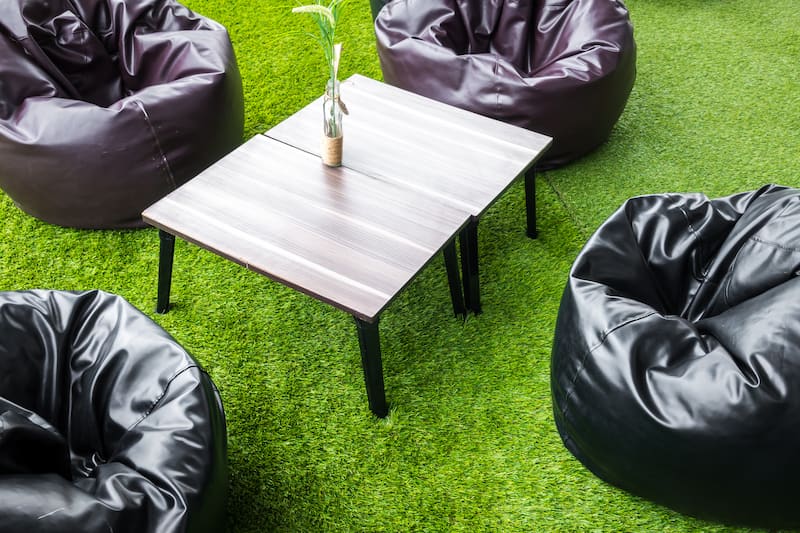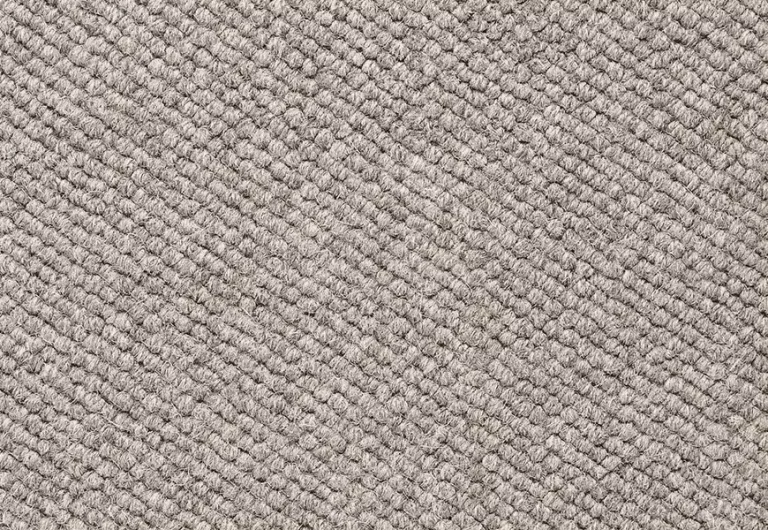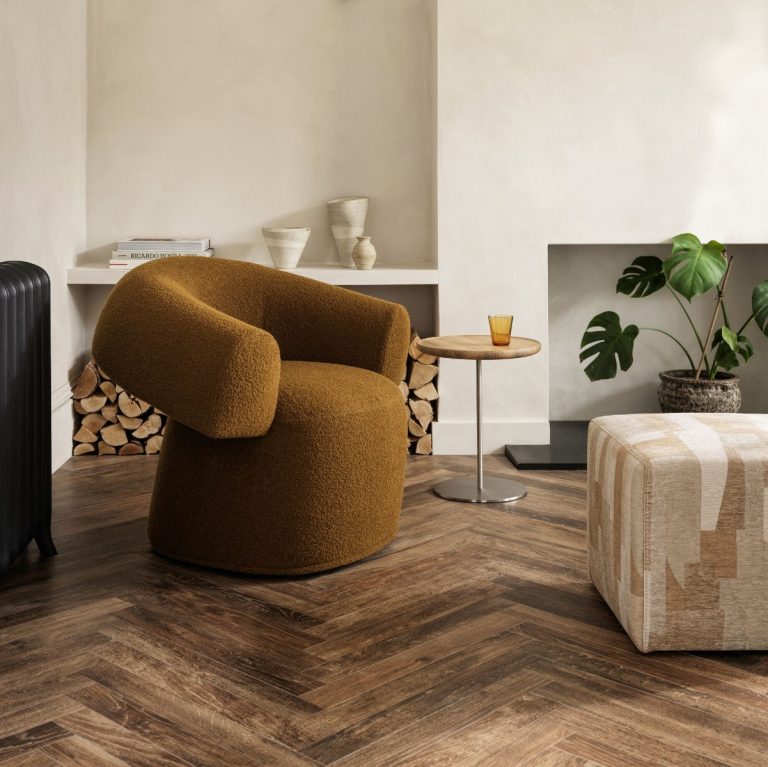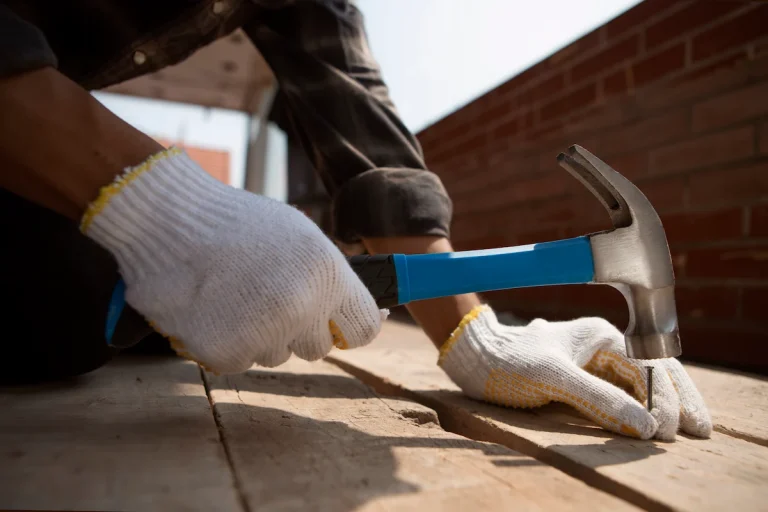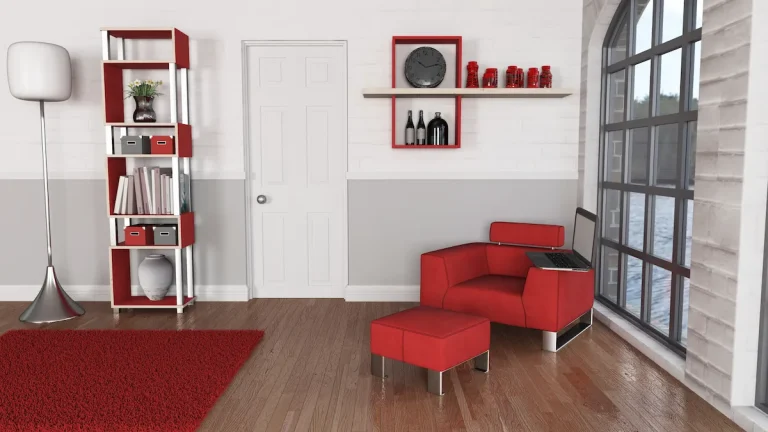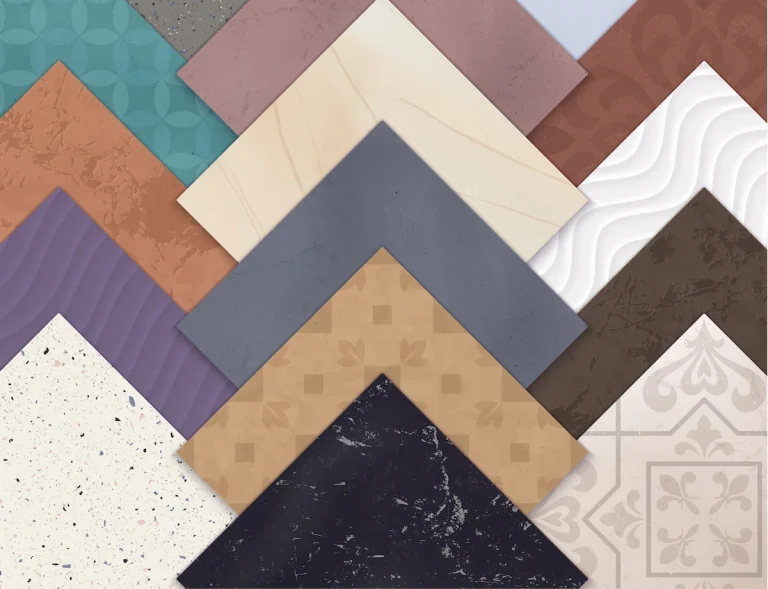Artificial grass has emerged as a popular option for homeowners and landscapers seeking to establish vibrant, green spaces without the challenges associated with traditional lawn maintenance. Discover the different types of artificial grass available, the advantages of selecting this option, and the cheapest way to lay artificial grass.
Whether one is contemplating a small area for a residential yard or a more extensive project, this resource offers critical information on materials, techniques, and cost-effective strategies to assist in achieving an optimal outdoor environment. Explore this guide to uncover how to ensure the success of your artificial grass project.
Top Features of Artificial Grass
Choosing artificial grass instead of natural grass presents numerous advantages. It removes the need for regular mowing and watering while providing a consistently vibrant appearance throughout the year. This makes it a practical choice for both home improvement projects and large-scale landscaping applications.
This makes artificial grass an ideal choice for home improvement enthusiasts looking to enhance their outdoor spaces.
The Different Types Of Artificial Grass
Artificial grass is available in several types, each possessing distinct characteristics and applications designed to meet a variety of needs.
The primary materials include nylon, polyethylene, and polypropylene, which vary in texture, durability, and suitability for specific usage scenarios within the broader category of synthetic turf options available in the market.
a. Nylon
Nylon is recognised as one of the most durable types of artificial grass, making it an excellent option for high-traffic areas such as sports fields, playgrounds, and urban gardens.
Its ability to withstand heavy use while maintaining a vibrant appearance is a significant advantage.
This remarkable resilience is primarily attributed to its unique texture, which offers a soft and comfortable surface that is gentle on the skin, yet robust enough to resist wear from constant foot traffic. Additionally, laying artificial grass with proper site preparation and compacting the base ensures a level surface that enhances its durability.
It is important to acknowledge that while nylon artificial grass presents substantial benefits, it also has certain drawbacks. For instance, it may necessitate more frequent maintenance compared to other materials, including regular brushing and periodic cleaning to prevent the accumulation of debris.
The following aspects warrant consideration:
- Benefits: High durability, vibrant colour retention, and a pleasing tactile experience.
- Drawbacks: Increased maintenance requirements and potential heat retention, which may result in a warmer surface under direct sunlight.
Assessing these factors will assist in determining whether nylon is the most suitable choice for your specific landscaping or athletic needs.
b. Polyethylene
Polyethylene artificial grass is recognised for its soft texture and realistic appearance, making it a preferred option for residential lawns and landscaping projects that emphasise aesthetics and comfort.
Plus its appealing look and feel, this type of grass provides durability and low maintenance, attracting homeowners who seek both beauty and practicality. Its fibres are engineered to withstand various weather conditions, ensuring that the lawn remains vibrant and green without the continuous upkeep associated with natural grass.
- Versatile Applications: Artificial grass is commonly utilised in back gardens, playgrounds, and commercial properties, serving multiple functions ranging from decorative purposes to functional play areas.
- Environmental Considerations: While it eliminates the necessity for pesticides and excessive watering, some individuals may question its sustainability, given that it is composed of synthetic materials.
- Longevity vs. Cost: Although the initial investment may exceed that of natural grass, many homeowners find that the long-term savings on water and maintenance justify the expense.
Selecting polyethylene grass requires careful consideration of these factors; however, those who make this choice often report a high level of satisfaction with their decision.
c. Polypropylene
Polypropylene artificial grass represents a cost-effective solution that is well-suited for low-traffic areas and ornamental landscaping, providing an economical alternative without significantly compromising aesthetic appeal.
This synthetic turf is particularly attractive to homeowners seeking to enhance the beauty of their gardens or patio spaces while maintaining budgetary constraints. Its vibrant colour retention and ability to closely resemble natural grass contribute to its popularity as an aesthetic option. However, it is important to acknowledge its limitations, particularly in terms of durability.
While this type of grass performs admirably in less active environments, it is not recommended for high-traffic areas such as playgrounds or sports fields, where excessive wear can lead to premature deterioration. Furthermore, prolonged exposure to ultraviolet rays can adversely affect its longevity, resulting in fading over time and a diminished visual appeal.
Therefore, for individuals looking to enhance the outdoor aesthetics of homes or gardens that are infrequently used, polypropylene grass is an excellent choice.
The Materials Needed To Lay Artificial Grass
To successfully install artificial grass, several essential components are required. These include the artificial grass itself, suitable base materials such as crushed gravel or decomposed granite, a weed barrier to prevent weed growth, strong adhesive, and a range of installation tools, including a utility knife, tape measure, and other cutting tools, to ensure precise installation.
1. Artificial Grass
The primary requirement for the installation of synthetic turf is high-quality artificial grass, which is available in various types designed for different applications and preferences. Ensuring the use of high-quality grass will provide a more natural look and feel, reducing maintenance costs over time.
Selecting the appropriate type of synthetic turf is essential, as it influences both the aesthetic appeal and functionality of the area. Artificial grass serves multiple purposes, including recreational, landscaping, and sports applications. Consulting a DIY Install Guide can provide a step-by-step guide on choosing and installing the best high-quality grass for your needs.
Several factors must be taken into account during this decision-making process:
- Intended Use: Different types of synthetic turf possess unique characteristics, such as durability and softness, making them suitable for specific activities.
- Foot Traffic: Areas that experience high foot traffic may necessitate a more resilient product capable of enduring significant wear.
- Climate Considerations: Local weather conditions can impact material selection, particularly regarding heat retention and UV resistance.
- Aesthetic Preferences: Variations in colour and texture should be considered, as selecting a product that complements the surrounding environment enhances overall appeal.
By understanding these factors, one can effectively guide the selection process, ensuring that the chosen artificial grass meets both functional and visual requirements.
2. Base Material
The selection of base material is critical for the installation of artificial grass. Commonly used options include crushed gravel, decomposed granite, and landscaping fabric, which provide essential drainage and support, thereby ensuring a stable surface for the turf. Proper subbase preparation is crucial to address any potential drainage issues and ensure a durable installation.
During the installation process, the choice of base materials plays a significant role in the overall performance of the artificial grass. These materials not only establish a solid sub-base but also facilitate effective drainage, preventing water accumulation that could potentially damage the turf over time. Proper preparation of the sub-base encompasses the following steps:
- Compaction: Ensuring that the base is well compacted minimises settling and shifting.
- Layering: Adequately layering the base material is essential for achieving the correct gradient for drainage.
- Drainage Planning: Addressing potential drainage issues during the installation phase is crucial, as improper drainage can result in puddling and increased wear on the grass. Implementing a drainage system can also significantly reduce these risks.
By effectively managing these factors, one can enhance the longevity and functionality of the artificial grass, ultimately creating an optimal environment for outdoor enjoyment.
3. Adhesive
Adhesive is a crucial element in the installation of artificial grass, as it secures the seams and edges during the cutting and seaming process, thereby ensuring that the turf remains in place and appears seamless. The selection of adhesive can significantly influence the overall durability and performance of the installation, impacting both aesthetics and functionality over time. Employing proper installation techniques and utilising remnant pieces can help reduce material waste.
When determining the appropriate adhesive for installing turf, it is essential to consider various types that are designed to meet different conditions and requirements. The following are common categories of adhesives:
- Water-Based Adhesives: These adhesives are particularly suitable for indoor applications, as they are non-toxic and easy to clean up. They bond effectively with a variety of materials.
- Synthetic Adhesives: Frequently utilised for outdoor applications, these adhesives offer exceptional strength and weather resistance, making them ideal for high-traffic areas.
- Double-Sided Tape: This option serves as a quick and efficient alternative for seam attachment, providing flexibility while ensuring a secure bond.
Ultimately, comprehending the specific needs of the project and selecting the appropriate type of adhesive can significantly enhance the success of the installation, ensuring both longevity and satisfaction with the artificial grass application.
4. Tools for DIY Installation (e.g. utility knife, tape measure, etc.)
Essential tools for the DIY installation of artificial grass include a utility knife for precise cutting, a tape measure for accurate measurements, and other necessary equipment that facilitates a smooth and effective installation process. Consulting a DIY Install Guide can also be beneficial for those undertaking a home project.
Plus these fundamental tools, several additional instruments enhance the overall installation experience, ensuring a polished finish that adheres to professional standards. These tools not only streamline the procedure but also contribute to a clean and durable result.
- Pressure Roller: This tool ensures proper adherence of the grass to the surface by removing air pockets and creating a strong bond.
- Seaming Compound: Essential for joining separate pieces of artificial grass, this compound guarantees that seams remain secure and largely undetectable.
- Weed Barrier: Serving as a crucial underlying layer, a weed barrier prevents weed growth while allowing for adequate water drainage, thereby promoting longevity.
- Levelling Rake: Utilised to even out the surface prior to grass installation, this tool eliminates bumps and creates an inviting, natural-looking lawn.
Each tool serves a distinct purpose, collectively contributing to a flawless installation that not only appears aesthetically pleasing but also endures over time. Following maintenance tips can further ensure the artificial grass stays in great condition.
What Do You Lay Artificial Grass On?
The surface on which artificial grass is installed is crucial for its durability and overall performance. Common options include soil, concrete, and decking, each requiring specific installation techniques to achieve optimal results.
a. Soil
Proper site preparation is essential when laying artificial grass on soil. This preparation includes levelling the surface to avoid uneven patches and ensuring adequate drainage to prevent water accumulation.
To achieve optimal results, several critical steps must be adhered to. First, it is important to remove any existing grass, weeds, or debris from the area, creating a clean slate for the installation process. Subsequently, an assessment of the soil quality should be conducted, with consideration given to compacting the soil to establish a stable foundation. Ideally, the surface should be levelled using a rake or similar tool to ensure a smooth finish.
Addressing any drainage issues is also vital to prevent long-term complications. Installing an appropriate drainage system, such as a perforated pipe or gravel base, facilitates the flow of excess water away from the area, thereby preventing potential damage to the artificial grass.
Key steps in this process include:
- Removing obstacles such as rocks and tree roots.
- Compacting the soil for enhanced stability.
- Ensuring an adequate gradient for effective drainage.
b. Concrete
Laying artificial grass on concrete necessitates specific installation techniques to ensure proper adhesion and an aesthetically pleasing appearance. This includes the use of a weed suppressant beneath the grass to prevent weed growth and effectively manage drainage issues.
Plus selecting appropriate materials, it is essential to thoroughly prepare the concrete surface prior to installation. The first step involves cleaning the concrete to eliminate any debris, dirt, or oils that may impede adhesion. Using a pressure washer can be particularly effective for this task.
Following the cleaning process, it is advisable to inspect the surface for any cracks or uneven areas that require repair. Additionally, ensuring that the area is graded appropriately to facilitate water runoff is crucial for maintaining a healthy landscape.
- Weed Suppressant Installation: The use of a lightweight, durable weed suppressant is critical, as it helps inhibit undesirable plant growth beneath the artificial grass.
- Drainage Considerations: Implementing proper drainage techniques is also vital, such as creating a slight slope away from structures or installing drainage mats.
By adhering to these methods, the longevity of the artificial grass installation is significantly enhanced, thereby promoting both aesthetic appeal and functionality.
c. Decking
Decking surfaces can provide an excellent foundation for artificial grass; however, careful consideration of installation techniques is essential to ensure proper drainage and prevent moisture build-up beneath the turf. Opting for a cheap way to repurpose grass remnants can also be considered for small decking areas.
When transforming a decking area into a vibrant green space, homeowners must address several challenges that may affect the longevity of the artificial grass. Insufficient drainage and moisture retention can lead to deterioration over time, creating conditions conducive to mould growth and unpleasant odours. To effectively mitigate these issues, a well-designed drainage system is critical. The following are key considerations for a seamless installation:
- Evaluate the Surface: Assess the condition of the decking to ensure it is level and stable.
- Add Drainage Solutions: Incorporating a layer of gravel or a perforated drainage mat beneath the turf can facilitate the movement of water away from the surface.
- Utilise Appropriate Adhesives: Choosing the suitable adhesive or type of grass can significantly improve moisture resistance.
By focusing on these factors, it is possible to create an aesthetically pleasing outdoor environment while ensuring that the artificial grass remains functional and inviting for years to come.
How To Install Artificial Grass In A Small Area
The installation of artificial grass in a confined area necessitates meticulous planning and execution. This process involves precise measurements, comprehensive site preparation, and effective cutting and seaming techniques.
Such attention to detail is essential to achieve a seamless finish that enhances the overall aesthetics of the outdoor space.
1. Measure The Area
The initial step in the installation of artificial grass in a small area involves accurately measuring the space with a tape measure, ensuring that all unique shapes and edges that may influence the installation process are taken into consideration.
Accurate measurements are essential, as even a minor miscalculation can lead to significant complications during installation, potentially resulting in wasted materials or an unsatisfactory final appearance. It is advisable to adopt a systematic approach when measuring:
- Begin by creating a detailed sketch of the area, clearly noting all dimensions.
- For irregularly shaped spaces, divide the area into smaller, manageable shapes, such as rectangles or triangles, which can be easily measured.
- Use a spirit level to confirm that the ground is even, as this will greatly enhance the feasibility of the installation.
By adhering to these techniques, one can substantially improve the precision of the installation process, ensuring that the final result meets expectations and endures for years to come.
2. Prepare The Base
Preparing the base for artificial grass in small areas requires levelling the ground and ensuring a stable foundation that will adequately support the turf while effectively addressing any potential drainage issues.
To achieve an optimal outcome, it is essential to begin by clearing the area of any debris, including stones, roots, and existing grass. This initial step lays the groundwork for effective levelling, which is crucial in preventing uneven surfaces that can lead to water pooling and uneven wear on the turf.
Subsequently, it is important to assess the existing slope of the area. A gentle slope promotes proper drainage, allowing water to flow away from the turf efficiently. If necessary, one should:
- Add a layer of decomposed granite or crushed stone
- Pack it down firmly
- Smooth out the surface with a rake
By following these steps, the final installation will not only display an aesthetically pleasing appearance but will also function effectively, thereby preventing any future complications.
3. Cut And Lay The Artificial Grass
Cutting and laying artificial grass necessitates a high degree of precision to ensure a snug fit, particularly in confined spaces where cutting and seaming techniques must be executed flawlessly to achieve a polished appearance.
In these challenging areas, meticulous attention to detail is essential. The process begins with accurate measurements of the designated area, followed by the use of a sharp utility knife to cut the grass to the required dimensions. To attain seamless joints, one must utilise techniques such as butt seaming or overlapping the edges prior to applying adhesive.
- Butt seaming is effective for aligning the grass fibres, which minimises the visibility of seams.
- Overlapping is particularly beneficial for enhancing stability in smaller patches, ensuring that the edges remain intact even with foot traffic.
To secure adhesion until it is fully set, weighted objects such as sandbags may be temporarily placed on the seams, thereby enhancing both durability and overall aesthetics.
4. Secure The Edges
Securing the edges of artificial grass is essential for achieving a clean and professional finish. This is typically accomplished through the use of high-quality adhesive and proper installation techniques to ensure that the turf remains firmly in place.
Effective methods for securing the edges involve a combination of premium adhesives and meticulous application techniques. For example, when applying adhesive, it is vital to adhere to the manufacturer’s guidelines to prevent premature wear or detachment. Utilising a straight edge can facilitate a snug fit, thereby preventing any unsightly gaps.
- Preparation: Ensure that the ground is clean and free of debris to enhance adhesion strength.
- Choice of Adhesive: Select a durable, weather-resistant adhesive specifically formulated for use with artificial grass.
- Tool Utilisation: Employing tools such as trowels or rollers can aid in evenly spreading the adhesive, thereby contributing to long-lasting durability.
By integrating these techniques, one can achieve an aesthetically pleasing and enduring installation that remains vibrant and secure for many years.
The Cheapest Way To Lay Artificial Grass
What is the cheapest way to lay artificial grass? To reduce expenses on a landscaping project, investigating the most cost-effective methods for laying artificial grass can be highly beneficial.
Choosing a DIY installation approach and utilising recycled materials like decomposed granite can significantly lower costs while still achieving commendable results.
1. DIY Installation
Engaging in the DIY installation of artificial grass enables homeowners to take control of their landscaping while also serving as a significant cost-saving measure compared to hiring professional services for the project.
By undertaking this challenge, individuals can derive satisfaction from witnessing their efforts culminate in a beautiful new lawn. This hands-on approach not only fosters a sense of ownership but also enables individuals to personalise the installation process according to their specific preferences and needs.
- Cost savings can be considerable, as this approach eliminates the expense associated with professional labour and provides the flexibility to source materials at competitive prices.
- The satisfaction of transforming a space, combined with the eco-friendly benefits of selecting artificial grass, contributes to an enriching experience.
- Engaging in such projects often enhances homeowners’ knowledge and skills, making them more proficient in managing future home improvement tasks.
2. Use Recycled Materials For Base
Utilising recycled materials as a base for installing artificial grass is a highly effective strategy for reducing costs while maintaining the quality of the installation. Materials such as crushed gravel or decomposed granite can often be procured at a lower expense.
By selecting recycled materials, both homeowners and landscape professionals can realise significant financial savings while simultaneously promoting environmental sustainability. These materials not only provide a robust foundation but also enhance drainage, thereby preventing water accumulation that could potentially damage the lawn.
- Crushed Concrete: This highly durable material is frequently available at a fraction of the cost of conventional base materials and supports excellent drainage.
- Recycled Asphalt: Renowned for its compactness, recycled asphalt consolidates effectively and serves as a reliable underlayer.
- Decomposed Granite: Plus its aesthetic appeal, this material facilitates proper drainage and stabilisation.
Employing these options not only offers cost-effective solutions but also contributes to a circular economy, thereby fostering sustainable practices in landscaping.
3. Shop Around For Deals
Shopping for deals on artificial grass, including options like cheap artificial grass, can result in significant savings. By comparing prices and quality from various suppliers, homeowners can identify the most advantageous options for their landscaping investments.
It is crucial to evaluate not only the cost-effective alternatives but also the long-term durability of the grass. Begin by compiling a list of potential suppliers and reviewing their product offerings. Pay attention to the following factors:
- Compare prices: Obtain quotes from multiple vendors to ensure competitive pricing.
- Assess quality: Examine samples to confirm the material’s thickness, colour, and texture.
- Check warranties: A reputable supplier typically offers a robust warranty, which reflects confidence in their product.
Additionally, it may be beneficial to seek discounts or promotions during seasonal sales, as many suppliers provide temporary price reductions that can further enhance overall savings.
4. Consider A Smaller Area
Choosing a smaller area for artificial grass installation can lead to significant cost reductions, as it requires less material and makes the installation process simpler and more manageable.
By selecting a compact space, homeowners not only benefit from cost efficiency but also experience a more expedited installation timeline. This can be particularly advantageous for individuals operating within constrained budgets or timeframes.
- The reduced quantity of material needed results in a lower initial investment.
- Fewer labour hours are necessary, translating into decreased overall expenses.
- The simplicity of a smaller project can also mitigate potential complications during the setup process.
Additionally, smaller areas allow for easier maintenance, enabling homeowners to keep their landscapes in pristine condition with minimal effort. This approach enables individuals to create aesthetically pleasing green spaces that align with their lifestyles, all while promoting thoughtful resource management.
Is Artificial Grass Easy To Install?
Many homeowners enquire about the ease of installing artificial grass. The response is generally affirmative, particularly for individuals willing to undertake a DIY installation project, which can be guided by a comprehensive DIY Install Guide.
This process typically requires minimal tools and can result in reduced maintenance costs when compared to natural grass.
For those who want professional results without the hassle, TEKA Flooring is here to help. We provide affordable artificial grass options along with expert installation services to ensure a flawless finish. Our team works with your budget to deliver a lush, durable lawn that enhances your outdoor space for years to come.
Don’t let cost stand in the way of your dream garden—visit TEKA Flooring today to explore our budget-friendly solutions and let us bring your vision to life!
Read also:


